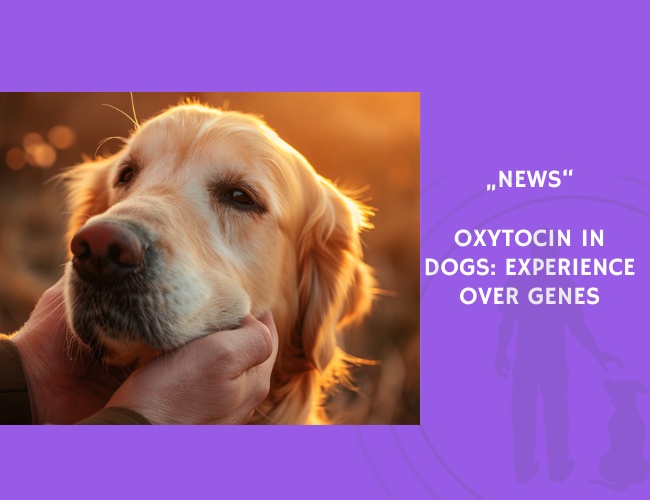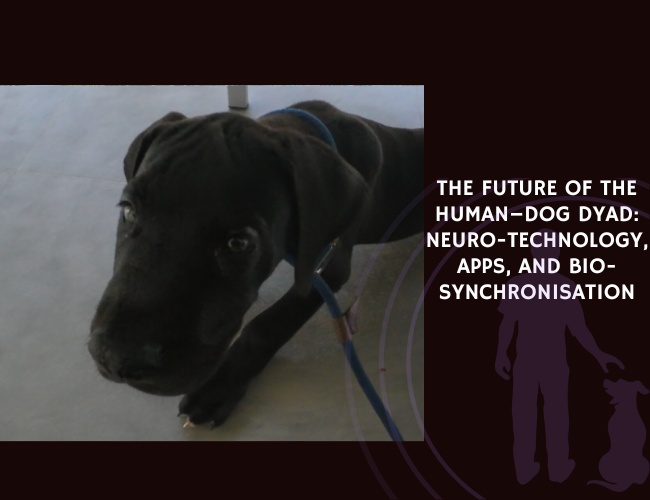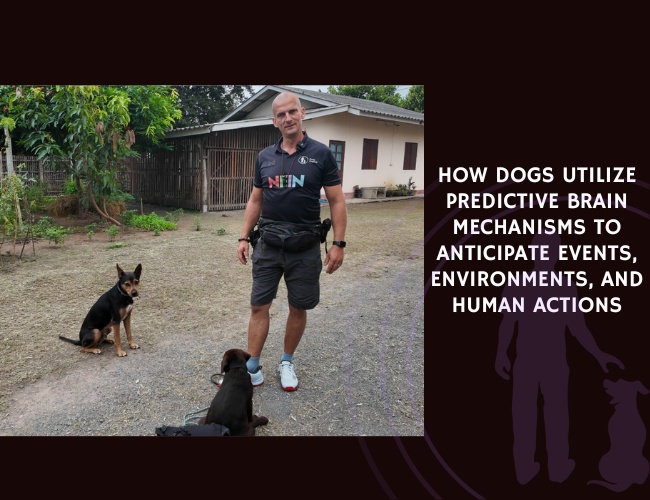Pet dogs show increased oxytocin during contact with humans—but this effect is shaped more by lived experience than by domestication itself.
Why do dogs feel close to us? A 2021 study published in Scientific Reports suggests it’s less about evolutionary domestication and more about lived experience. Researchers found that pet dogs release more oxytocin during physical contact with their human caregivers—but this effect appears to depend on their life history, not just species-wide domestication.
In controlled tests, researchers measured oxytocin and glucocorticoid levels in dogs after brief periods of social interaction. While oxytocin levels increased in pet dogs with their owners, glucocorticoid (stress hormone) concentrations remained unchanged. This points to a specific bonding effect, rather than a generalized stress response.
Interestingly, the study emphasizes that this hormonal response was not observed consistently in dogs with less exposure to close human contact. This indicates that the bond is shaped primarily through experience, not just evolutionary changes since domestication.
These findings challenge the notion that all dogs are biologically predisposed to bond with humans. Instead, they highlight the importance of individual life experiences in shaping emotional and hormonal responses in our closest animal companions.










